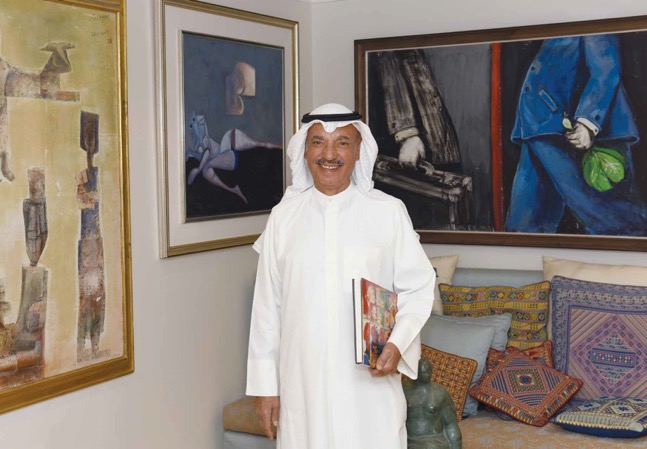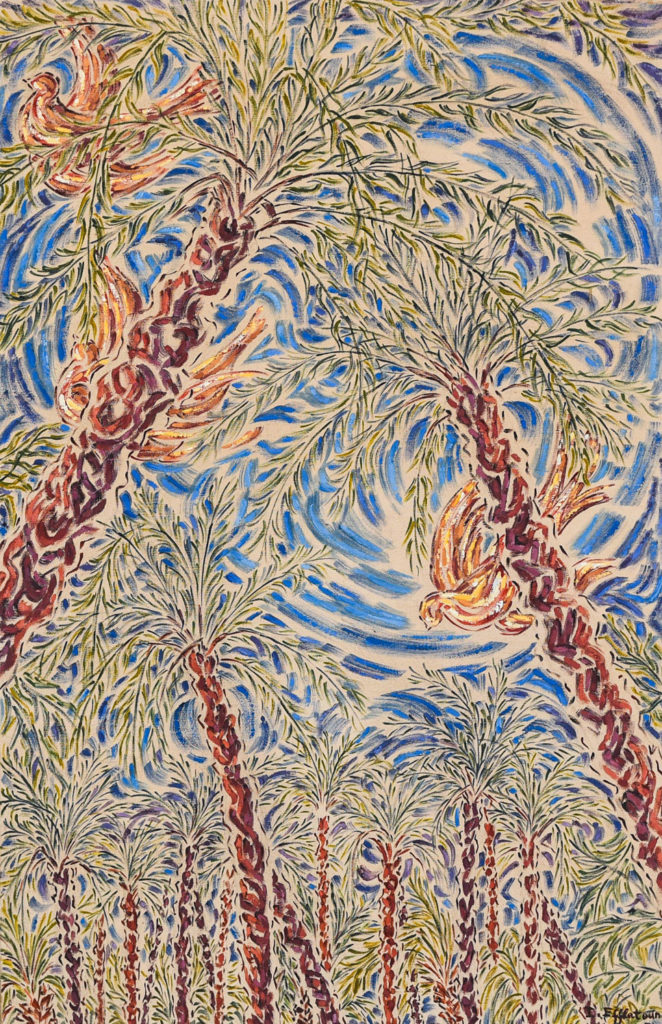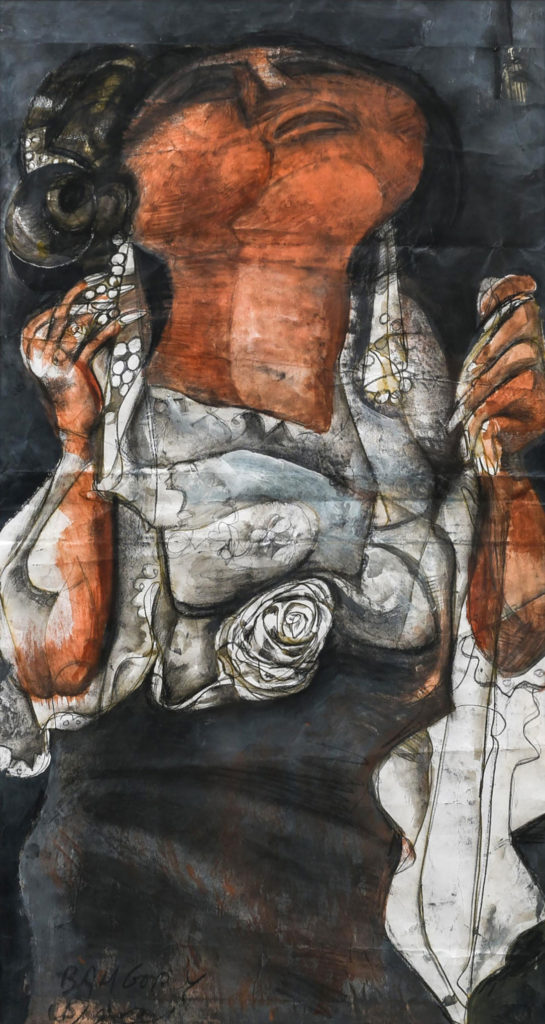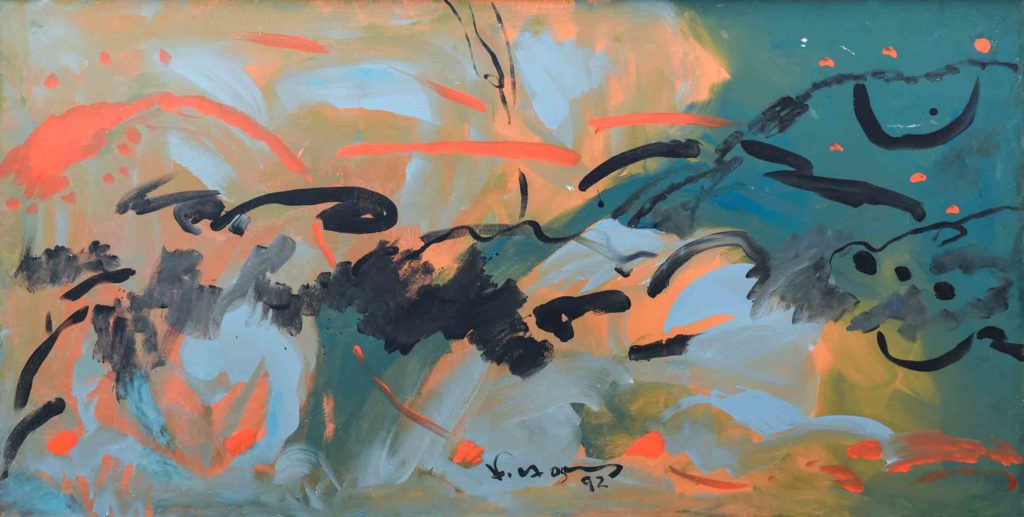Mohammed AlSharekh has put his passion for the culture and language of the Arab world to very good use throughout his life. Through his company, Sakhr Software he has revolutionized the local technology industry, dedicating the last 28 years towards leading research and continuously developing Arabic computational linguistics. He has also amassed a sizable collection of Arab art.
His time at Cairo University in the 1960s, during which he formed lifelong bonds and friendships with local artists and writers, laid the foundation for what has become a highly regarded collection of post-modern Arab art. It is a collection which, perhaps unsurprisingly, focuses largely on work by Egyptian artists.
For this special Collectors Edition of Men’s Passion, Mohammed AlSharekh discusses with us the genesis of his collection, and introduces us to just a few of his favourite pieces.
What was the genesis of your collection? Did it start with a focus, or was it simply a few favoured pieces which then expanded into a full collection?
I was living in Cairo during my twenties and attended Cairo University in 1961 where through some common friends I became acquainted with a group of writers, poets, and painters. Although I was studying economics and later returned to Kuwait to work for the Kuwait Fund for Arab Economic Development, I would often return to Cairo on visits to meet with my group of artist friends, engaging in discussions about poetry, art, and literature. The group included Hassan Soliman, Ahmed Morsi, Fathi Afifi, George Bahgory, Gamil Shafik, and Adam Henein.
During my university years, I wrote and published several short stories revolving around our group and my life in Cairo.
I never saw myself as an art collector when I was in Egypt or bought art for the sake of buidlding an art collection. We simply enjoyed the company of our artist friends and soon found ourselves becoming surrounded with beautiful paintings and the stories of dear friends. My first painting was a gift from my dear friend Hassan Soliman for my wife and I during our honeymoon in Cairo.
What are the criteria for adding to your collection? Do you have a focus for an artist style, medium or country?
Growing up in the sixties, I was like many people in my generation who were connected to the ideals of Pan Arabism and the preservation of our Arab culture and language. My collection consists mostly of Post Modern Arab art with a focus on artists from Egypt spanning 40 years, from 1968 until 2008.
When I visited galleries and museums during my travels, I seldom saw the talented Arab artists I knew so well being represented in their programs. I wished for the world to see our rich Arab culture in museums, and wished to bridge this gap between East and West through art.
Personal Selection – A few of Mohammed AlSharekh’s favourite pieces
Farouk Husni (1992)
A Japanese abstract. Farouk Husni, Minister of Culture in Cairo, visited Japan in the 1980’s and returned to produce wonderful paintings influenced by this visit. This one, in my opinion, was the best of this collection. The Japanese spirit overwhelms. If it was not signed by Husni you would think it must have been by a Japanese painter. You see a Hokusai sky with bright red colors.
Ahmed Morsi (1972)
One of the oldest I have for Morsi. A Horse on his back with legs crossing. Is he playing or suffering? The painting was actually a wedding gift from Morsi and hung in our Watergate apartment, when I was at the World Bank in Washington DC. Yehya Yuqman, the Yemeni Ambassador at that time, used to say, “This is a metaphor for the Arab world’s current upside down situation”.








